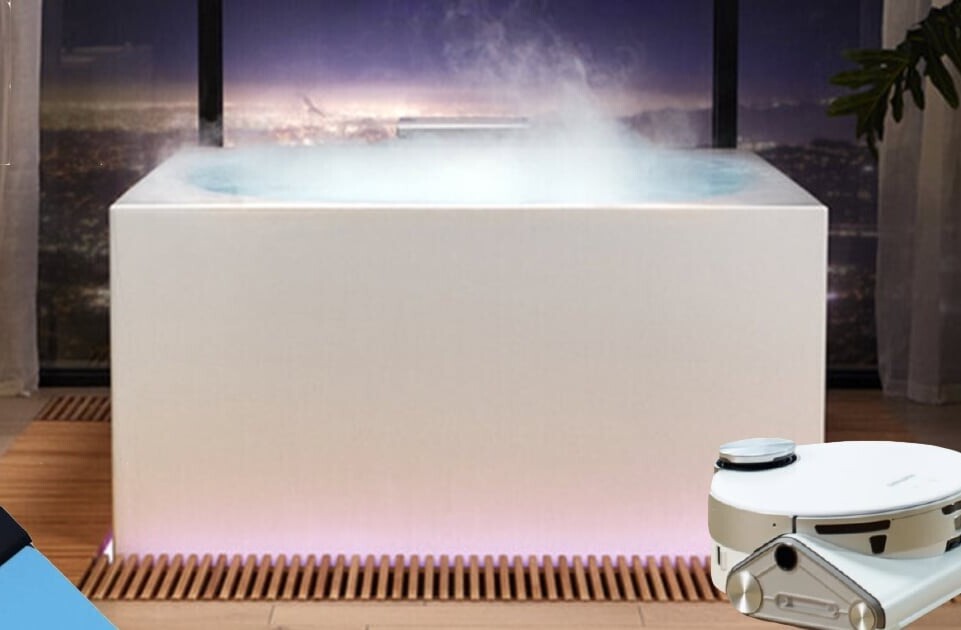
Chronic pain is something that millions of people deal with on a daily basis. And while the underlying cause isn’t always easily detectable or treatable, new technologies are providing symptom relief in a variety of ways.
The state of chronic pain
Pain is a natural response that’s associated with disease or injury. It’s the body’s way of telling the brain that something is wrong and needs to be fixed. Without pain, you wouldn’t know to remove your hand from a scalding pot of boiling water. But there’s a difference between acute pain and chronic pain.
“While acute pain is a normal sensation triggered in the nervous system to alert you to possible injury and the need to take care of yourself, chronic pain is different,” explains the American Academy of Pain Medicine (AAPM). “Chronic pain persists. Pain signals keep firing in the nervous system for weeks, months, even years.”
If you’re a chronic pain sufferer, you aren’t alone. It can feel that way sometimes, but you’re part of a massive group of people who desire relief. Just consider the following statistics and data points, as gathered by Pain Doctor.
- 126 million American adults – or more than half of all adults – experience some sort of pain over the course of any three-month period of time.
- Somewhere between 50 and 100 million adults in the U.S. have chronic pain conditions. (This number doesn’t take children into account.)
- Of those in chronic pain, 27 percent suffer from lower back pain, 15 percent deal with severe headaches and migraines, and 15 percent experience constant neck pain.
- The cost of chronic pain is somewhere between $560 and $635 billion annually in the U.S. alone.
If you ever feel alone in your pain, these statistics prove that you aren’t. Chronic pain is a major problem in this country and you deserve an opportunity to find relief.
4 technologies that promise relief
The good news is that the rampant nature of chronic pain means you aren’t alone. There’s a huge marketplace for pain relief – researchers, medical professionals, entrepreneurs, and technologists from all around the world are devoting time and money towards developing pain relief technologies. So, without further delay, let’s check out a few of the top technologies currently available.
1. The ReST bed
For many chronic pain sufferers, nighttime is the worst part of the day. Tossing, turning, and constantly shifting to keep pressure off painful areas of the back and neck can be a huge struggle. This is where the ReST Bed comes into play.
The ReST Bed is a one of a kind mattress that lets you control and customize the firmness of five distinct areas of the bed. Using the accompanying app, you preset your desired level of firmness for each level. Then, as you move throughout the night, the mattress automatically detects your pressure and inflates or deflates based on your preferences. Joe Auer of Mattress Clarity gives it a 4.3 out of 5.0 rating, claiming that it’s very comfortable and responsive.
2. Floatation tanks
Are you familiar with floatation therapy? While not necessarily new, increased public access to floatation tanks and therapy centers has made it a more practical option for many people, including those who suffer from chronic pain.
A floatation tank, also known as a sensory deprivation tank, is nothing more than a tank filled with warm water that’s heated to skin temperature. The water is then saturated with Epsom salts to allow the patient to float without any effort. Patients remove clothing, enter the tank, and all lights and sounds are eliminated.
“When external stimuli are eliminated, the fight-or-flight response is deactivated,” Pain Doctor notes. “This response is the cornerstone of the stress response, and many chronic pain sufferers are constantly in this state of stress as their body reacts to pain. Chronic stress increases pain intensity. Eliminating or coping with stress better can help decrease sensitivity to pain.”
Floatation tanks can actually be purchased for home use, but most people choose to visit floatation therapy centers.
3. Quell’s wearable pain relief technology
One of the more exciting developments in pain relief is Quell, a new wearable pain relief technology that’s supposed to provide widespread relief from chronic pain. According to the company, “It works by stimulating the sensory nerves in your upper calf, triggering your body’s natural pain relief response blocking pain signals in the body.”
While the technology is still relatively new, it’s FDA approved. In a 60-day trial, two out of three Quell users have been able to reduce the amount of pain medication they’re on after using the device, while 81 percent of participants report an improvement in chronic pain.
4. Radiofrequency ablation
Are you familiar with radiofrequency ablation (RFA)? It’s an increasingly popular treatment that targets specific nerves that send pain signals to the brain. In the treatment, a doctor uses a needle with a tip that can heat up. The needle is placed next to the affected nerve and then zaps it so that it can no longer send pain signals to the brain. It’s been shown to be effective with conditions like neuropathy, lower back pain, hip pain, and arthritis.
There’s also a new type of RFA, known as “cooled RFA,” which is currently being tested. Early reports suggest that it provides more precise relief.
Overall, RFA isn’t a permanent solution, but it does provide considerable relief. Most radiofrequency ablation is effective for 8 to 12 months, after which a doctor can provide another treatment.
Innovation means hope
Pain relief is obviously the ultimate goal for sufferers of chronic conditions, but sometimes the mere presence of hope is enough to get you through the day. Even if none of these technologies help you, you can at least go to bed at night with the hope that tomorrow could bring a solution.
Innovation is occurring at a staggering pace and new technologies are providing relief for millions of people around the globe. As you seek to understand what’s causing your pain and how you can find relief, keep an eye on new developments and never lose hope.
Get the TNW newsletter
Get the most important tech news in your inbox each week.




